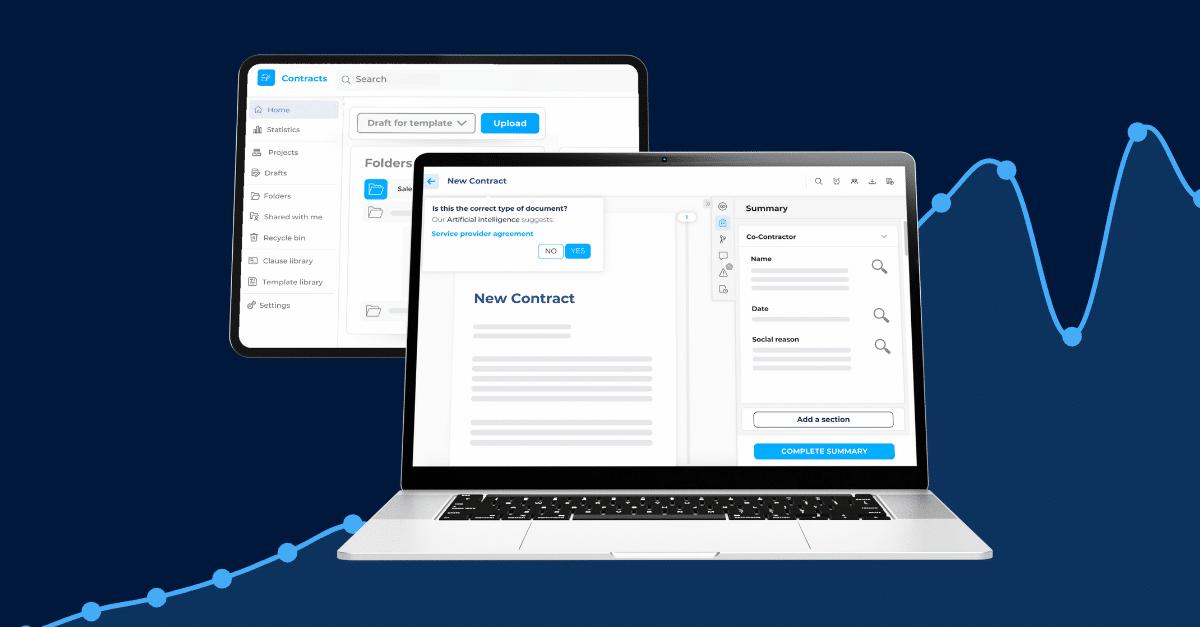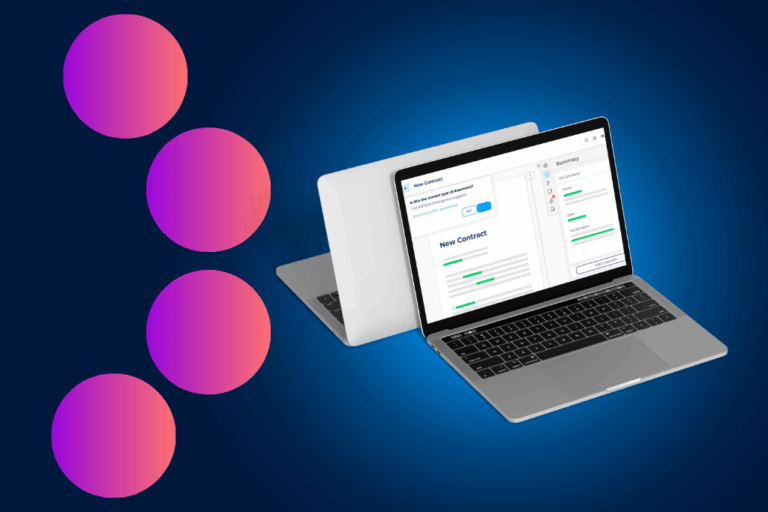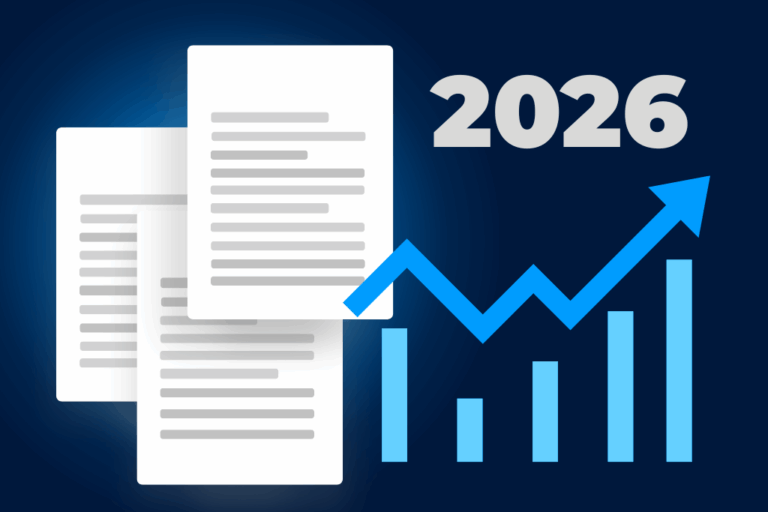Legal departments are more than aware of the evolution of their profession influenced by automation, and many of them are continuing their development of an in-depth transformation. But what do terms like “AI” and “Machine Learning” actually mean? To help you understand, we’re here today to shed some practical light on how AI works within your contracts.
What is artificial intelligence?
Artificial intelligence seems to have been the buzzword for some time, yet it’s not a recent concept. The term was defined in 1956 at a conference in Dartmouth, USA, by a group of scientists (economists, computer scientists, etc.) formalizing the discipline in research. At a time when computer science was making great strides and was heavily financed by defense budgets in the context of the Cold War, the dream of these pioneers in the field was intertwined with that carried since antiquity by philosophers and mathematicians: to reproduce human thought and, more broadly, to create machines capable of relieving man of his most thankless tasks.
Several technological revolutions later (internet, cloud computing, computing capacities…), artificial intelligence is accelerating its development and integrating itself into everyday software to assist professionals in the most arduous and complex tasks for humans. In the legal field alone, the benefits of AI are manifold.
One AI or several?
If we usually speak of artificial intelligence (in the singular), it’s actually a multitude of specialized AIs working together to solve our problems.
There are two types of artificial intelligence:
- Symbolic AI: machines perform actions according to rules dictated by humans, in deduction from input data (requiring business expertise to build these rules and make them evolve over time). The system does not learn on its own, and its reasoning needs to be precisely described.
AI by learning: the aim here is to make sense of input data so as to be able to transpose reasoning onto new data. This is learning by example, which requires business expertise to identify and name these examples. The system writes the best rules on its own.
In the example above, we show the machine photos of cats and dogs to train it to recognize “dog” or “cat” images when it is confronted with new animal photos later on.
AND MACHINE LEARNING?
This is the set of techniques and algorithms that enable the machine to discover and extract a set of hidden similarities from a set of data: these are known as ” patterns “. This is how the machine learns and develops. These patterns can be used for clustering and prediction on new datasets. Machine learning is particularly useful for analyzing large volumes of diverse, evolving data… such as contracts, which have a life cycle, and regulations.
Artificial intelligence in contract management
How does AI process contracts?
In addition to character recognition (OCR), which “translates” an image into an editable text file, artificial intelligence is used to recognize important information according to context: contract types, clauses, key elements (dates, amounts, durations, counterparties, etc.).
Automation at every stage of the contract life cycle
Enterprise Contract Lifecycle Management (ECLM) is the set of best practices that apply to all stages of the contract lifecycle: drafting, negotiation and review, validation and signature, monitoring, reporting and auditing. Automating your contract management means turning your contracts into an organized, searchable and up-to-date database, useful at every stage of the process…
- When drafting: you can create your contracts using the templates or clauses most relevant to your internal contractual policy and regulations.
- During negotiation and review: AI automatically recognizes key clauses and data within the contract. You’ll find this information in summary sheets at a glance.
- During validation and signature: automated approval circuits streamline collaboration right up to signature, without the need for the traditional paper signature pad or email exchanges, which are easy to lose track of…
- When monitoring: you can instantly identify contract types, important fields and priority clauses within your entire contract database. For example, you can easily find all contracts containing such and such a clause, taking effect between such and such a date, on such and such a type of contract and involving such and such counterparties… all at once!
- For reporting and auditing: you can easily analyze your entire contract database and quantify your company’s contractual activity, risks and opportunities, thanks to statistics extracted from your data (contract status, dates, signatures, document types, etc.) as well as automatically-filled audit sheets that can be exported directly to Excel or via API.
In short, while AI frees the lawyer from tedious tasks such as typing, proofreading and searching large volumes of data, it also gives him greater visibility to help him better control his commitments: what are my obligations in the event of a data breach? Are all my contracts signed? Are there any non-standard clauses? Can I find the latest versions of my contracts and all amendments?… So many questions to which artificial intelligence can provide answers by fetching information directly from contracts.
Due Diligence, compliance maintenance, financial monitoring, lease review, knowledge management, history recovery… the applications of AI in the legal sector are as numerous as there are use cases.
DiliTrust offers a contract management solution that boasts advanced features built on its own AI, ensuring that your contract management runs smoothly. Curious? See the tool in action with our experts.
Modern contract management solutions leverage AI-powered contract analysis, using advanced technologies such as machine learning (ML) and natural language processing (NLP), to automatically review, classify, and analyse large volumes of contract documents, streamlining the entire review process. DiliTrust Risk Detector is one of the leading AI solutions for contract review and risk analysis.



